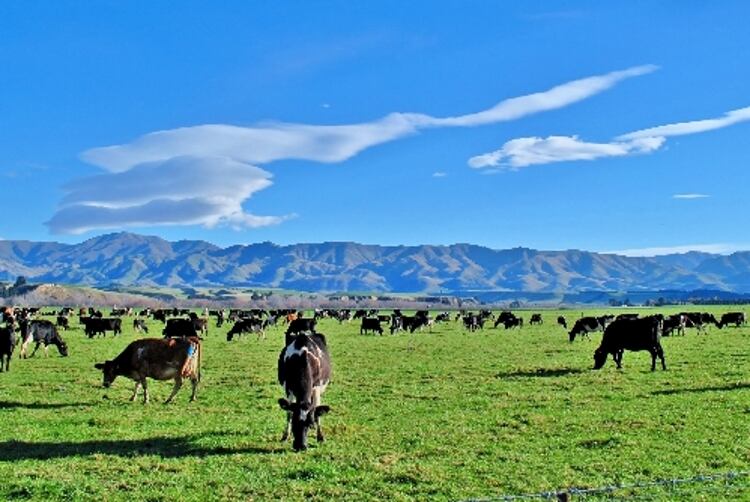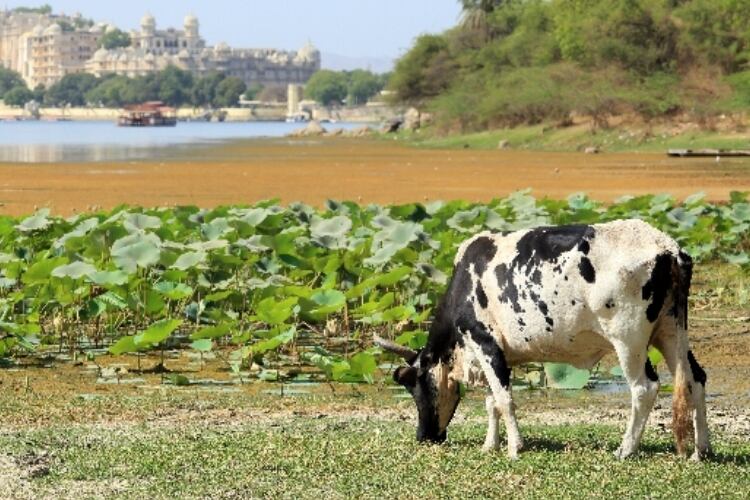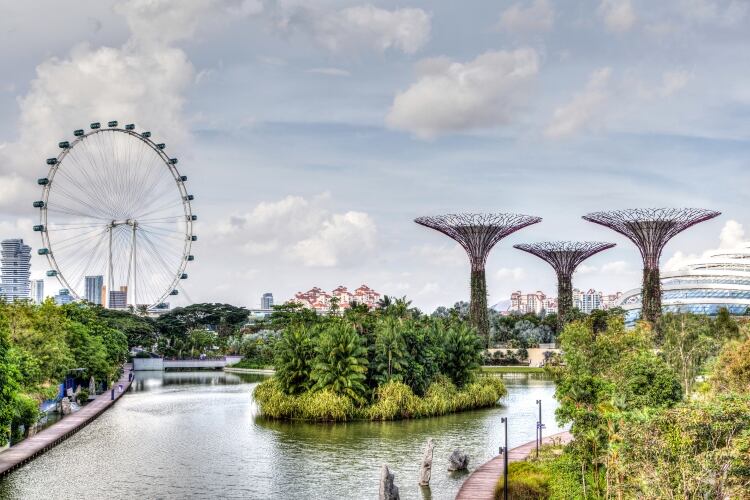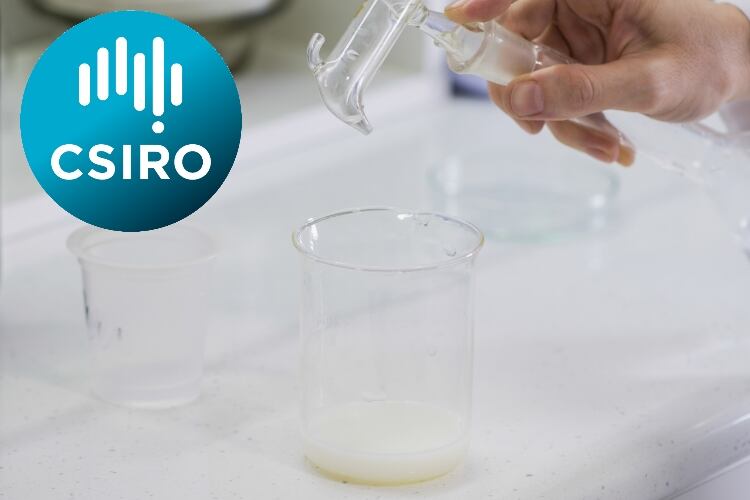But while such concerns are valid, they are being successfully addressed by farmers and the government, dairy leaders stress.
The issue surrounding the harm being done largely by cattle to the country’s waterways has been bubbling over for years and came to a head during the 2017 general election campaign.
As many candidates placed damage to the environment at the centre of their campaigns, the outgoing environment minister was immortalised in a sculpture made out of manure depicting him with trousers down, squatting over a glass.
Its artist explained: “We used to swim in these rivers. Now they’ve turned to crap.”
More dairy cows
There is a growing concern that the waterways of a country who’s leading primary industry has transformed from sheep meat to dairy in a very short space of time are struggling to cope with New Zealand’s growing population of dairy cattle.
According to official figures, the herd’s size increased 68.6% between 1994 and 2017, from 3.8m to 6.5m, out of an overall cattle population of over 10m. To make way for these, sheep numbers decreased by 12.5% in the five years to 2017.
Scrub where sheep once grazed has been given over to intensive dairy farms. Some of these were irrigated to help the pasture grow, transforming the arid grasslands seen in the Lord of the Rings movies into lush fields.
Environmentalists argue that nitrogen-rich bovine urine leaches into groundwater and waterways, causing toxic algae to grow—a problem worsened by the use of nitrogen fertiliser.
Cow dung is also being held responsible for water pollution.
As a result New Zealanders, who once enjoyed high levels of water purity to the point that little treatment was needed for tap water, have been voicing concerns over their health.
In Canterbury, one of the most polluted parts of the country, expectant mothers are told to test tap water to avoid “blue baby syndrome”, a potentially fatal ailment thought to be caused by nitrates.
Moreover, experts believe that almost three-quarters of native species of freshwater fish are under threat, largely because of cattle excretions.
And once free-flowing rivers are seen being reduced to a trickle as water is used to accommodate the needs of dairies, prompting calls by environmental groups to reduce the size of the national herd to more manageable levels for the environment.
Government action
Yet while this continues to be a burning issue, the government and especially farmers are able to point to ways they have been tackling the problem for the long-term.
Late last year, the government launched a plan to make 90% of rivers “swimmable” by 2040.
To achieve this, it has given itself until 2020 to create new rules to stop the "degradation of fresh water", promising a noticeable improvement in water quality in five years.
The government will develop a national policy statement for freshwater management to ensure all aspects of ecosystem health are managed by providing greater direction on how to set limits on resource use, and better protection of wetlands and estuaries.
It is hoped a new national environment standard will regulate activities that put water quality at risk, such as intensive winter grazing, hill country cropping and feedlots.
And amendments are expected to be made to the Resource Management Act within the next 12 months to more quickly implement water quality and quantity limits, and to strengthen enforcement tools for improving environmental compliance.
"New rules will mean controls on the excesses of some intensive land use practices," environment minister David Parker said. It will also mean "our remaining wetlands and estuaries will be better protected."
Dairy measures
The dairy industry, too, has been taking measures across the country. According to Tim Mackle, chief executive of industry body DairyNZ, farmers have now fenced off 97% of waterways on their farms from livestock.
Such fences make it virtually impossible for dairy cows to wade into a river and leave their dung there.
“Farmers over the last ten years have also been significantly investing in effluent management systems that work with the land and DairyNZ continues to invest millions of dollars into research, science and technology that will look after our waterways,” Dr Mackle said.
In the central North Island region of Waikato, Ian Taylor chose a system that far exceeded minimum standards when constructing a new effluent pond in his Puketaha dairy farm.
“I went for a pond that was twice the size I needed, at 2,000 cubic metres. I wanted to build some contingency in, because the regional council’s rules have changed—and who knows what they’ll be in another 10 years?” he said.
Over most of the last decade, John Hayward has been working on a plan to make the farm he co-owns one of the most environmentally sustainable in Waikato. New effluent ponds will be the latest investment, adding to a long list of work that includes regenerating wetlands, planting riparian strips and fencing waterways.
“Putting in ponds makes it a lot simpler for us and takes the stress away. It fits in with where we want to be in our business,” Hayward said.
“We’re going through a process around that now and there’s an opportunity to add another pond in the middle of the farm as well, instead of having one big one.”
The industry believes that intensified claims that farming contributes to water quality declines are both inaccurate and misleading. The reality is that all types of land use contribute to water quality, and Dr Mackle stresses that all segments of farming, from vegetables and fruit to livestock and even wine, must all work together to make sure waterways are protected.
“The most polluted rivers actually run through urban centres, and this is where the public can do their bit too,” he said.
“Farmers, industry and businesses who don’t prioritise looking after waterways, should be held accountable.”




